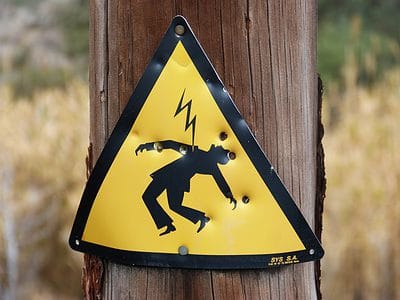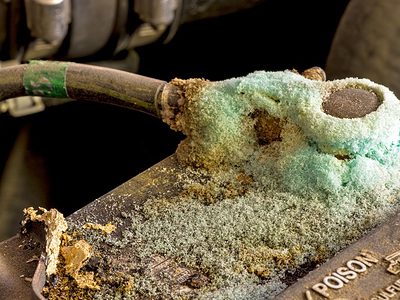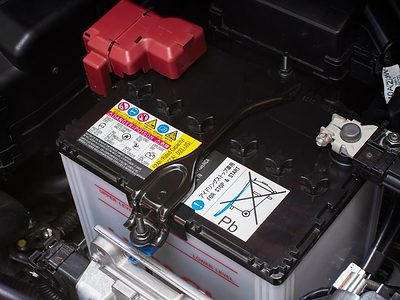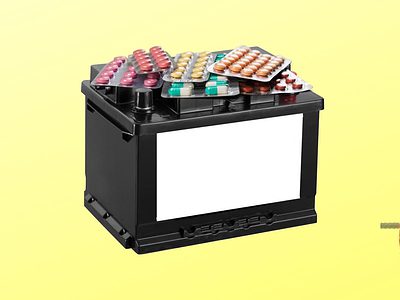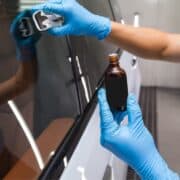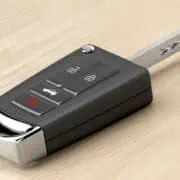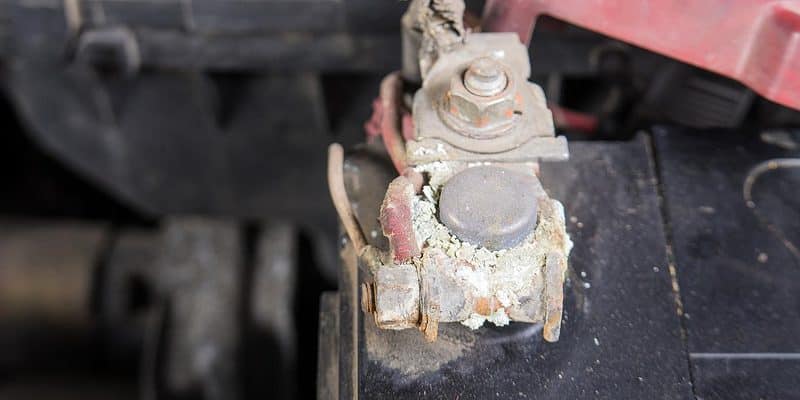
A battery is an essential component of a car, helping to keep electrical components functional while storing enough energy to power up your car when needed. As such, it’s important to keep it healthy and watch out for any symptoms of weak performance. The most obvious battery performance issue is a reduced or lack of ability to hold a charge, which may manifest as slow start-ups, weak AC services, dim headlights, and other related problems.
One of the most common causes of reduced battery efficiency is sulfation. Unlike corrosion which is an aging process, sulfation is a consequence of batteries left standing for long periods undercharged, overcharged, or in storage temperature above 75 degrees. When left unchecked, this electrochemical process could spell the end of your battery.
But how do you know if a battery is sulfated? What does battery sulfation look like? And are there any solutions for a sulfated battery? This article will answer these questions and more.
What Is Sulfation?
Sulfation is the build-up of lead sulfate crystals in the pores and on the surface of the active material that makes up a battery’s lead plates. This substance acts as an insulating layer, resulting in fewer lead plates coming into contact with the battery acid.
As a result, a decreased amount of electrical energy is converted to chemical energy, causing the battery to hold less and less charge and need more frequent charges. Ultimately it ages considerably, losing capacity, efficiency, and overall lifespan.
What Causes a Car Battery to Sulfate?
An overview of the chemical reactions that take place in a lead-acid battery is vital to understand the cause of sulfation.
Lead-acid batteries, invented in 1860, are the world’s most commonly used battery type. They are composed of cells, lead plates, and electrolytes (sulfuric acid and water). Each cell holds alternating lead and lead oxide plates and separators submerged in the electrolyte.
When electrical current flows through the battery, there is a reaction between the electrolyte and the lead plates, which will cause the sulfuric acid in the electrolyte to combine with lead. This will convert both plates to lead sulfate. This process is the birth of sulfation in that car battery of yours.
The implication is that all lead acid batteries will suffer from some form of sulfation as part of the natural chemical reactions of a battery. However, external factors can speed up the process exponentially. These factors include:
- Undercharging,
- Overcharging, and
- High storage temperature above 75 degrees.
Is a Sulfated Battery Dangerous?
Is a sulfated battery bad? The answer is yes. But how bad? Below are some of the consequences of sulfate build-up:
- The battery will take more than usual to charge up.
- The battery will accumulate excessive heat.
- The battery will deliver a shorter backup between charging times.
- Battery life will lessen.
- The battery will eventually fail.
What Does a Sulfated Battery Look Like?
While a reduced ability to hold a charge is one of the significant sulfated battery symptoms, this is not a clear-cut indication. Reduced battery efficiency could result from corrosion or natural aging. However, you can add a visual test to the process.
Check the battery’s exterior for a build-up of a white powdery substance. This is not a conclusive check for sulfation, but it is a strong indication. A more potent measure is to check the battery’s interior compartments for grayed and grubby plates—a healthy battery is expected to have clean silver-lead plates.
Warning
This must be done with care as it’ll require you to open up the battery, potentially exposing you to battery acid and dangerous hydrogen fumes. So make sure to do this in a well-ventilated area.
To check the insides, carefully remove the battery caps and inspect each hole to view the battery plates, separators, and electrolyte levels.
You can also use a multimeter to check your battery’s standing voltage. When measuring without any load attached, a value less than 12.6 volts (for a 12 volts battery) indicates potential sulfation.
Can You Recover a Sulfated Battery?
Can you fix a sulfated battery? The answer is yes. Just like corrosion, a sulfated battery can be recovered by desulfation, provided it’s not yet permanent. Here’s what we mean.
There are two types of lead battery sulfation, reversible and permanent. Permanent sulfation occurs in a battery that has been in a perpetually low charge state (usually for weeks to months). Due to the prolonged sulfate build-up, salvaging the battery is often impossible.
Reversible sulfation, as the name implies, can be fixed to a reasonable degree of success. However, this should only be done by someone with experience working with lead batteries, like the retailer where your battery was purchased.
The recovery can be made in two ways:
1. Using High Bursts of Voltage to Overcharge Your Battery
The process involves applying an overcharge of a regulated 200mA current to a fully charged battery. The terminal voltage is allowed to rise to between 15 and 16V (2.5-2.6 volts per cell) on a 12V battery for about 24 hours. The regulated current will aid the dissolution of the lead sulfate crystals. The overcharge also slightly increases the temperature to 50–60°C (122–140°F) during the corrective process to further dissolve the crystals.
2. Using High-Frequency Energy to Pulse Charge Your Battery
This procedure relies on anti-sulfation devices, such as desulfation battery chargers. They work by generating and applying high-frequency pulses to battery terminals to prevent and reverse sulfation on a healthy battery. However, they will not reverse the damage entirely and are not always recommended as a result.
How Long Does It Take To Desulfate a Car Battery?
Desulfation time depends on the size of your battery. It can take anywhere from 48 hours for some cells to weeks for others. The battery is usually trickle-charged during this period to continue reducing the amount of lead sulfur in the solution.
How Do You Desulfate a Battery at Home?
The best way to desulfate your car battery at home is by using short high current pulses between the battery terminals. The technique, also called pulse conditioning, helps to break down the sulfate crystals formed on the battery plates.
Check Your Battery Health at Home
This article should have answered your question, “how do you know if a battery is sulfated?” If your battery is starting to show signs of weakness, follow the methods stated above to check for sulfation at home. If your battery is already at the end of its useful life, see our article on how to recondition a car battery to squeeze a few more years out of it.

